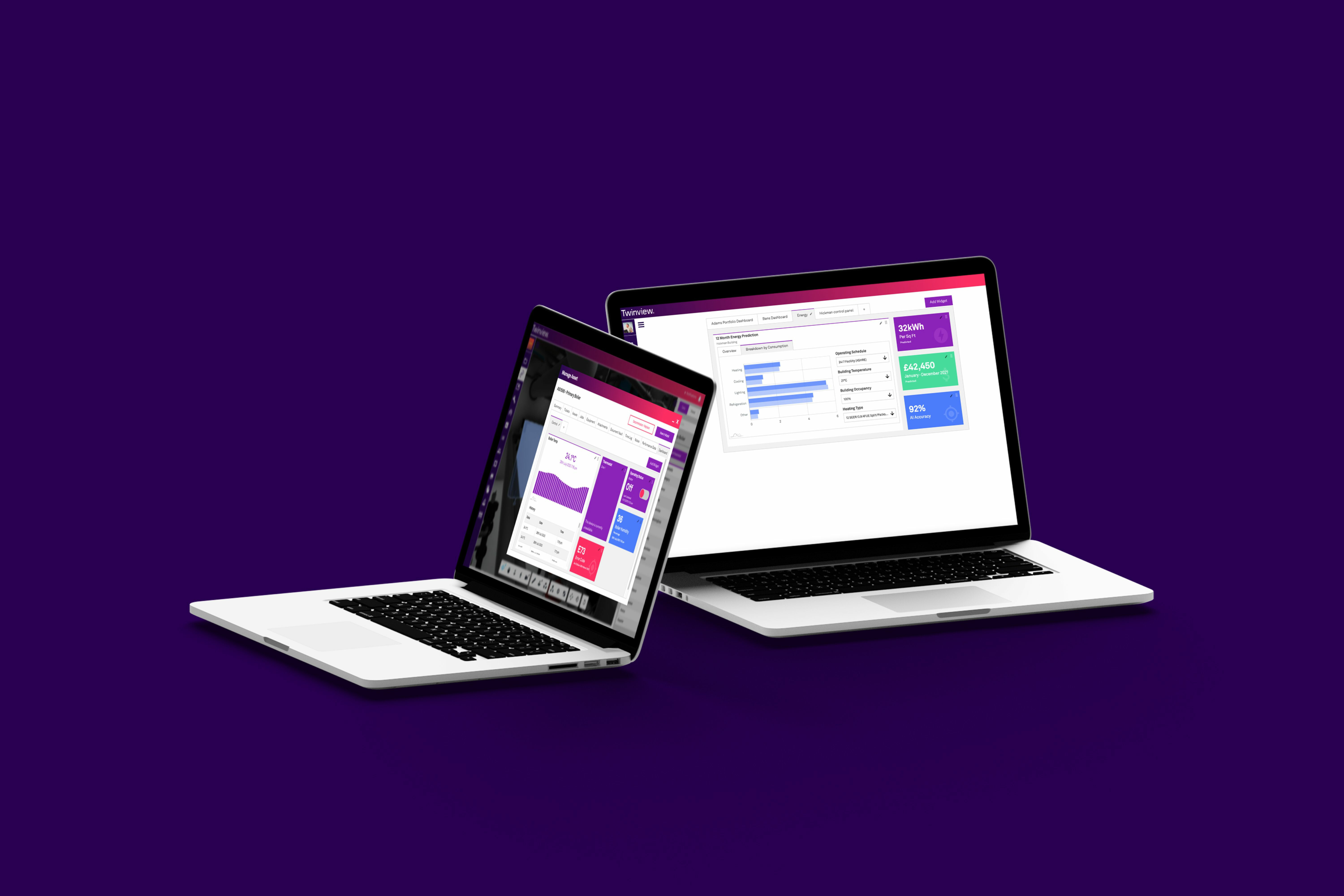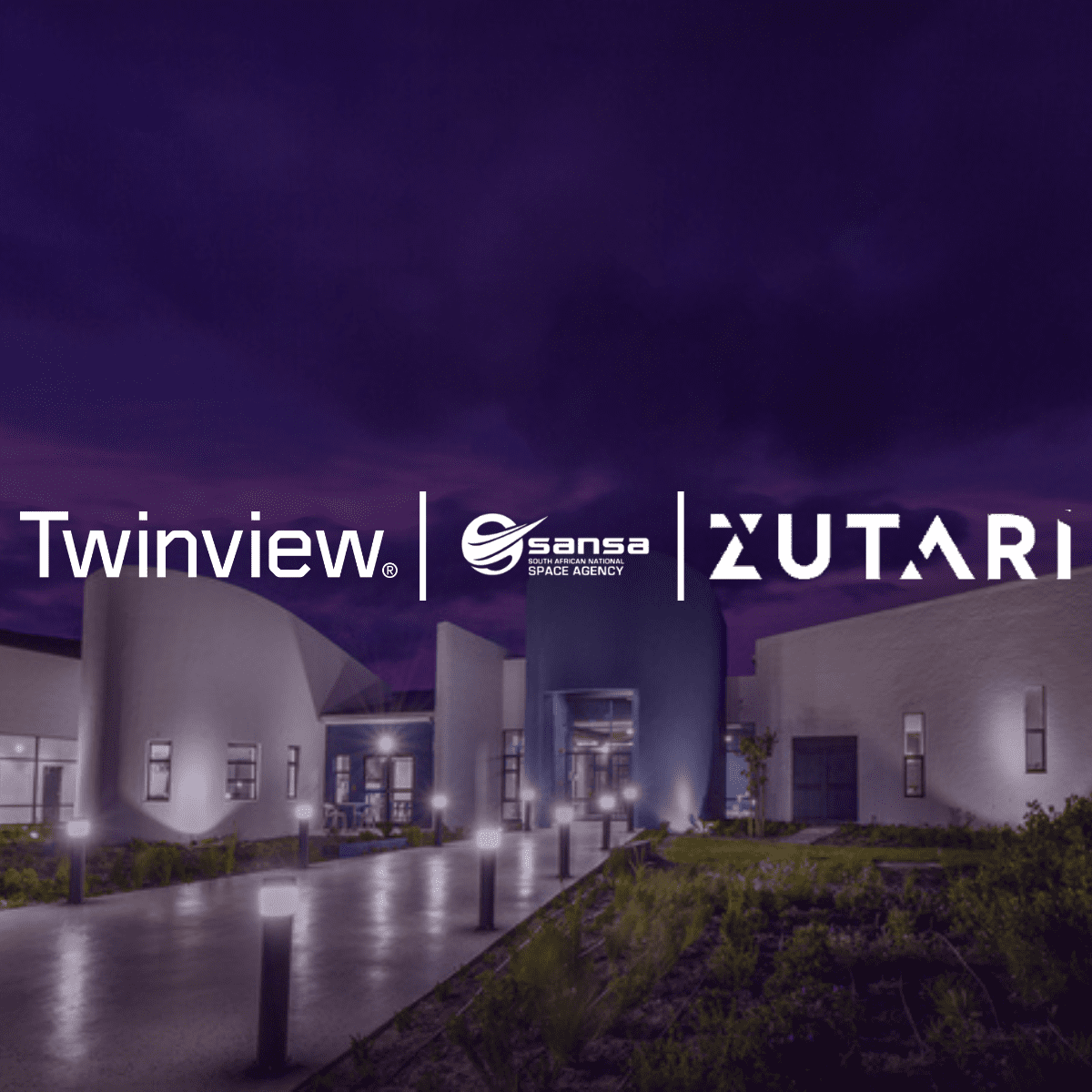08 Sep 2021 | Industry Insights
Using dashboards to move closer to Net Zero

Dashboards offer users the ability to federate and report on data across multiple projects at an organisation level as well as being able to create dashboards that are custom to the user’s specific needs.
Monitor individual building or entire portfolio performance quickly using easy-to-use customisable dashboards that display the information most important to you – such as energy consumption.
Understanding data
Modern buildings are smart and are constantly monitoring and collecting data, however, all of the different systems are silos that are kept separate. Dashboards can bring all of this data together onto a single platform allowing the user to visualise and analyse the data, identifying patterns to improve a building’s operation.
Breakdown of energy
Dashboards give the user the opportunity to have a complete breakdown of how their building is consuming energy such as heating, cooling and lighting, furthermore, Twinview utilises machine learning which can also predict how much energy the building will consume going forward based on current usage levels and by identifying patterns. This is vital for building owners as they can gain an insight into estimated energy costs for a certain period of time and make decisions to move their business closer to Net Zero.
An example of this could be a company learning which rooms are used the most within a building. If they know that they will only be operating at 50% capacity in less busy months such as December, they could place everyone in the same space and ensure that all the other spaces are not being heated as much to reduce their carbon footprint.
It is impossible to manage what you cannot measure therefore understanding where energy is being expended enables the user to develop strategies and solutions for moving closer to Net Zero.
Manual control
Accessing dashboards from the project screen allows the user to implement widgets. Such widgets give facility managers control over the many facets that make up a building such as heating, lighting and cooling. Ensure that lights are switched off at certain points in the day without having to physically go and turn them off. Giving this amount of control over different building functions inevitably moves you closer to Net Zero as it simplifies the process of managing many assets in one place.
Twinview is a browser-based digital twin platform for the property sector connecting building systems’ data to a 3D model viewed on a single dashboard. Twinview becomes your first step to achieving Net Zero by providing continuous live data and an optimised building performance whilst reducing costs and improving the user experience. Book a demo today.
Related insights

Industry Insights
Digital Twins for Infection Control in Hospitals: Supporting Safer Healthcare Environments
Infection prevention has always been central to safe healthcare, but COVID-19 exposed how vulnerable hospitals can be to outbreaks. Digital twins like Twinview offer hospitals real-time insight into how buildings are used, from patient flow and air quality to occupancy and cleaning. By creating a live 3D model of the facility, Twinview helps teams identify high-risk areas, optimise ventilation and target cleaning where it’s needed most. It supports smarter admissions, safer waiting areas and data-driven decisions that reduce infection risks. Rather than predicting every outbreak, Twinview highlights unsafe conditions early, empowering hospitals to act fast. Integrated with IoT sensors and building systems, it enhances compliance, safety and efficiency. As digital twin technology evolves, Twinview’s potential grows, supporting AI-driven analytics, clinical integration and sustainable, infection-resilient hospital design for the future.
Read more

Industry Insights
Designing Sensory-Aware Cleaning Schedules for SEN Students
For students with Special Educational Needs (SEN), the physical environment can deeply influence comfort, focus and wellbeing. Routine cleaning, when not planned with sensory awareness, can unintentionally cause distress, from strong chemical smells to loud equipment or sudden changes in room layout. A platform like Twinview helps schools design predictable, sensory-aware cleaning schedules by combining data on occupancy, air quality and environmental conditions. Facilities teams can identify sensitive zones, schedule low-disruption cleaning times and track improvements over time. By integrating cleaning routines into a whole-school approach to sensory wellbeing, schools can reduce stress, improve focus and create environments that feel calm, safe and inclusive. Twinview turns everyday facilities data into meaningful action, supporting schools to build spaces that are not only clean and efficient, but welcoming and accessible for every learner.
Read more

Case Studies
Smarter Space Operations: Twinview at the South African National Space Agency
The South African National Space Agency (SANSA) is responsible for advancing the nation’s space science and technology initiatives. To support its mission-critical operations in Hermanus, SANSA has implemented the Twinview Digital Twin platform, a unified, real-time solution that consolidates building and infrastructure data into a single intelligent system. By integrating live telemetry, asset data and facilities workflows, Twinview enables SANSA to shift from reactive maintenance to early warning, data-driven decision-making.
Read more


